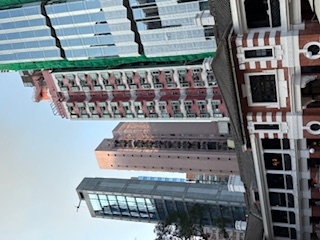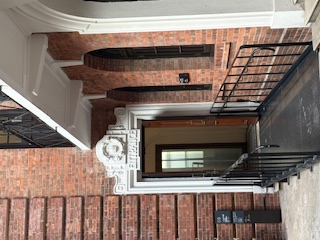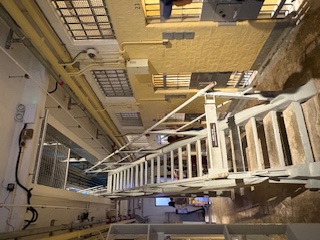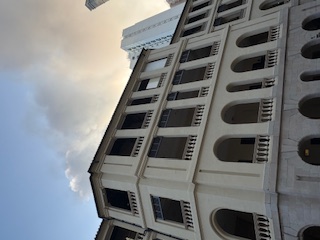During a recent trip to Hong Kong, I visited Tai Kwun, the Centre for Heritage & Arts (大館), located in the heart of Central. From the moment I stepped inside the gates, I was struck by the atmosphere. The stories held within its brick walls and courtyards are almost tangible. This is not just a stunning example of adaptive reuse; it’s a place where architecture speaks, telling tales of the city’s judicial, policing, and penal past.



Tai Kwun is made up of three key historic buildings: the former Central Police Station, the Central Magistracy, and Victoria Prison (formerly known as Victoria Gaol). Together, they form one of the most important heritage compounds in Hong Kong.
The story begins in 1841, when Victoria Gaol was first constructed. Over the following decades, the site evolved and expanded. New wings and halls were added as the city grew, from D Hall and Bauhinia House in 1858, to B Hall in 1910, E Hall in 1915, C Hall in the 1920s, and A Hall in the 1940s. Each addition marked a new chapter in the city’s approach to law and order.


The compound’s historic significance was formally recognised in 1995, when all three main components, the Police Station, Magistracy, and Prison, were declared monuments under the Antiquities & Monuments Ordinance. The prison was eventually decommissioned in 2006, and after years of careful restoration and planning, Tai Kwun reopened to the public in May 2018.
What makes Tai Kwun truly special is the continuity of use and layering of functions that have taken place here over almost two centuries. The site once housed notable prisoners, including Ho Chi Minh, and now thrives as a creative hub for artists, designers, and small independent shops. It’s a living example of how a city can preserve its past while reimagining it for the future.
For anyone interested in Hong Kong’s built and social heritage, Tai Kwun offers a vivid insight into how colonial architecture evolved in the region and how those stories continue to shape modern life. It’s a reminder that heritage exists everywhere, in every country, every city, and every building that carries the memory of its people.

